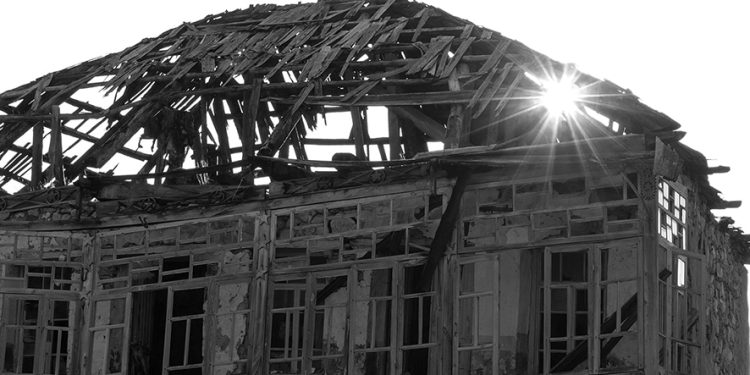We host trekking groups from one particular company, Poland-based ‘Barents,’ numerous times every summer. Usually it’s 16 people with a Polish and a local guide, flying into either Kutaisi or Batumi and then getting a minivan up to us together. They have supper; breakfast next morning and a pack lunch; put their big luggage in the van; and hike to each new guest house with a light day-pack. Typically, they start at our place and go just past Ushguli over a period of a few days, 99% of it on hiking trails, not roads. It’s a well-established route in general, and these people have it down to a fine art.
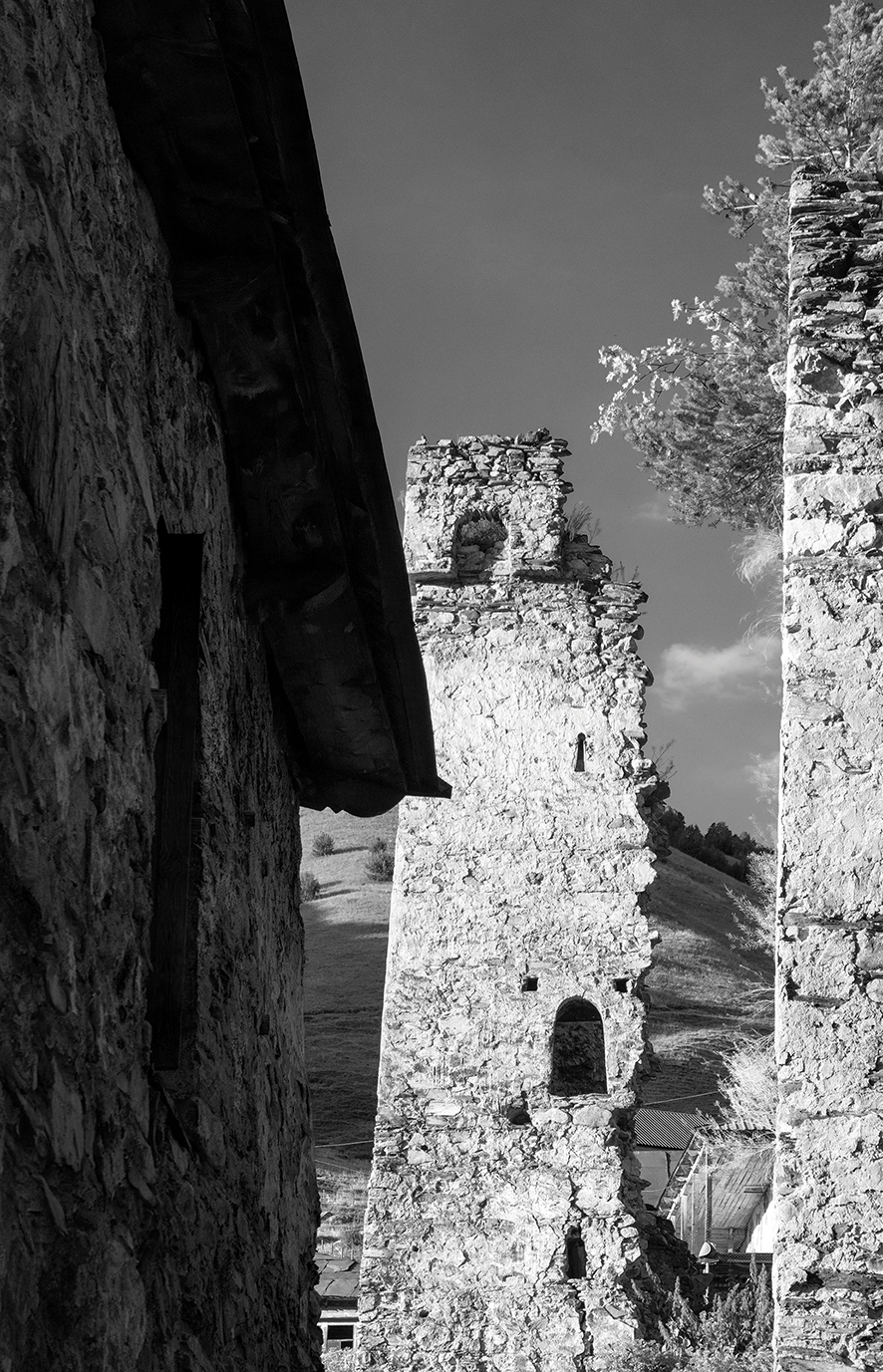
Two summers ago, my wife bit the bullet and joined the trek for several days, beating me to the village of Adishi in the process and showing that she can get herself into long-distance gear when required. This year, I asked the Polish guide, by now a regular and friend, which day of the route he thought was the most spectacular.
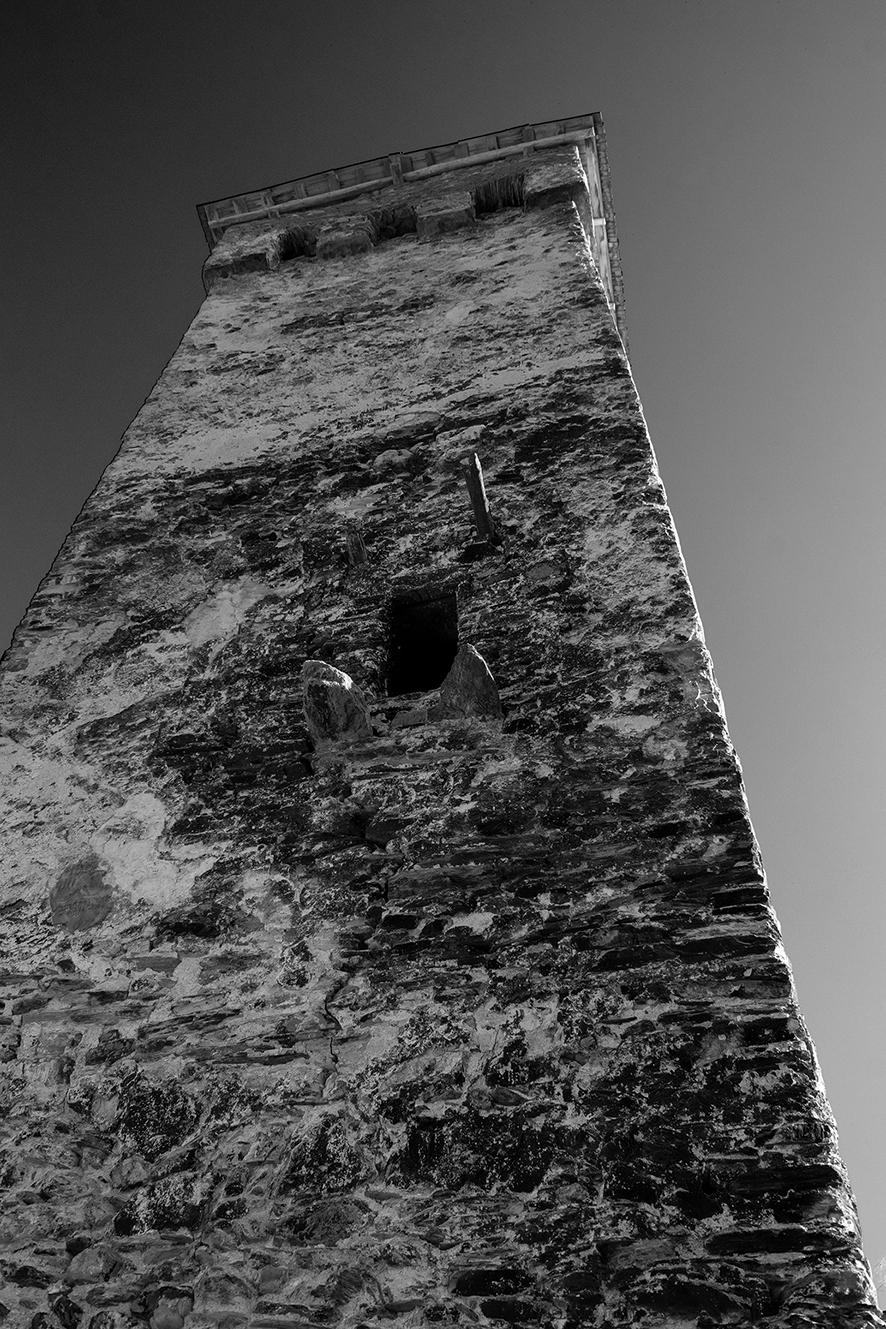
“Adishi to Kala,” he said without hesitation. “The views you’ll get…” I asked if I might join in for the night before, that day and maybe the night after as well. Sure, he said. Park your car in Kala where we’ll come out, get yourself to Adishi via Ipari, and we’ll be ready for you. Finally, after 25 years in Georgia and Svaneti, it was time for me to see Adishi village, which had never been on my route.

The night before, I dug around a bit into the ball of my left foot after a shower, using a needle. I had stepped on a thorn while clearing some horribly spiky trees on our property, more than a week earlier; and while I hadn’t found anything left in my foot, it was still giving me some discomfort, even after a hot salt water bath, something I had learned from my parents decades ago. So, more probing. There! A bit of pus, and the 3mm tip of the thorn emerged, hardly visible but clearly the source of the nagging wrongness. I’ve learned that getting rid of such intruders, or a splinter, is best done by the victim, who can feel their own level of pain and cope accordingly. Another salt bath for disinfection, and I would be good to go; otherwise, not at all.
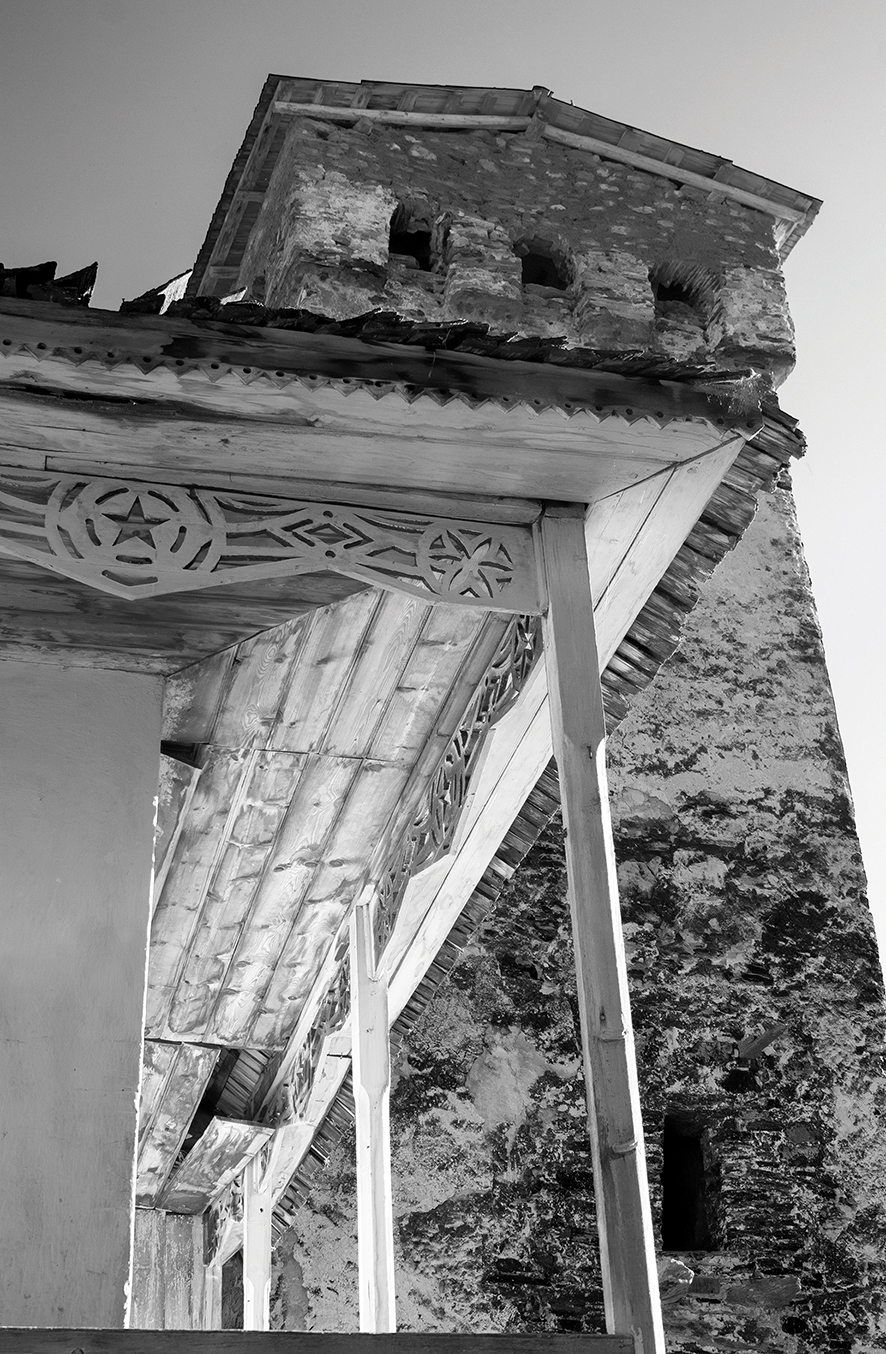
The next morning, I packed, intending also to spend a night or two above Ushguli on my own after the trek. So I would take both the day pack and some things, like a sleeping bag, mattress and tarp, to leave in the car for that second leg. Parking near the top end of Kala, the last village before Ushguli, I then walked down through the village seeking a car to take me the 20-odd km back down to Ipari.
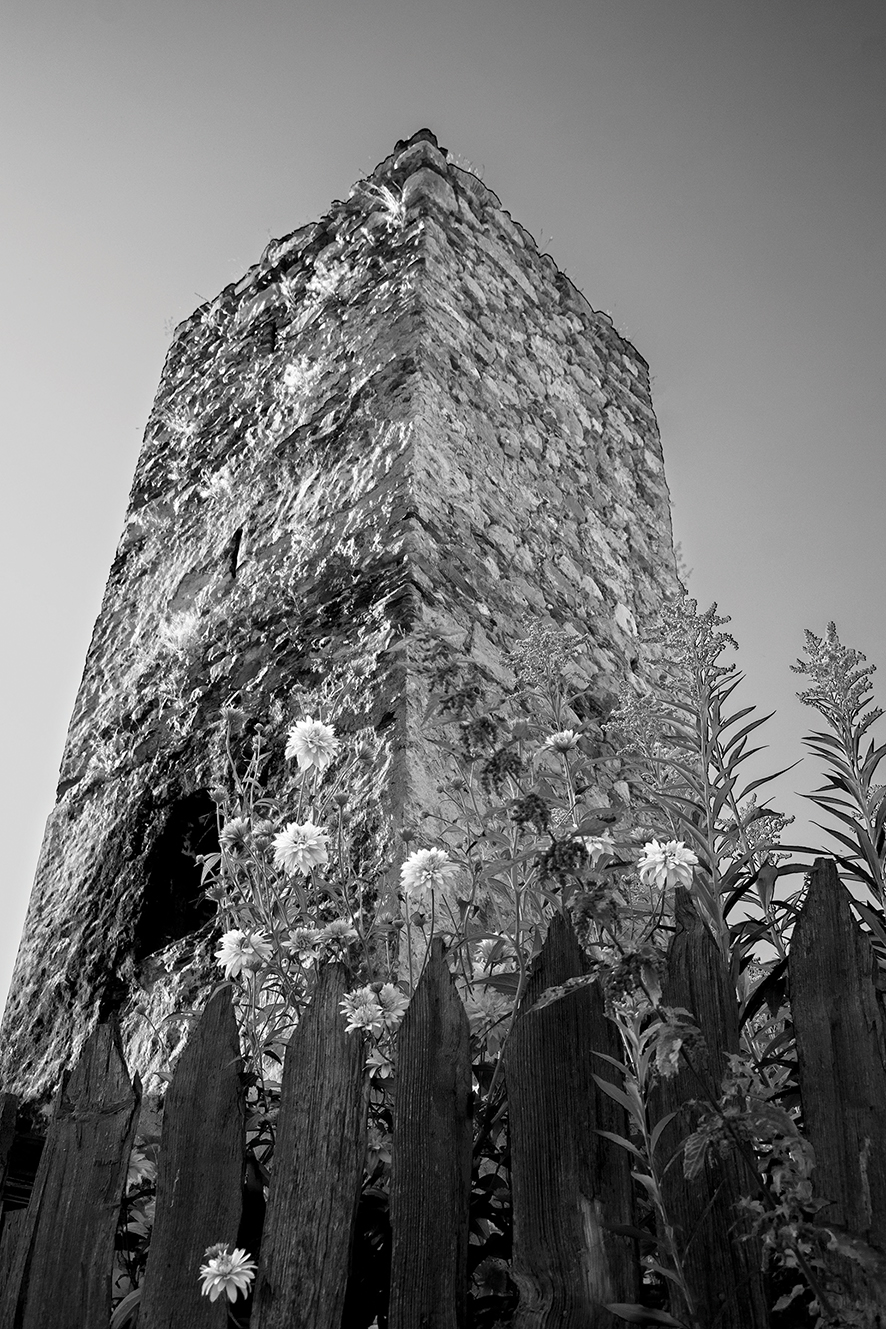
It took 10 cars not stopping over half an hour before the 11th one did let me in, at the bottom end of Kala: a private car, a young man showing his mother Svaneti for the first time, although he had been here often. He had been born the same year I first visited Georgia, 25 years ago. They dropped me at the sign for 9 km to Adishi, went on their way, and I started on this final leg, hoping to flag down another car there in the middle of the afternoon.
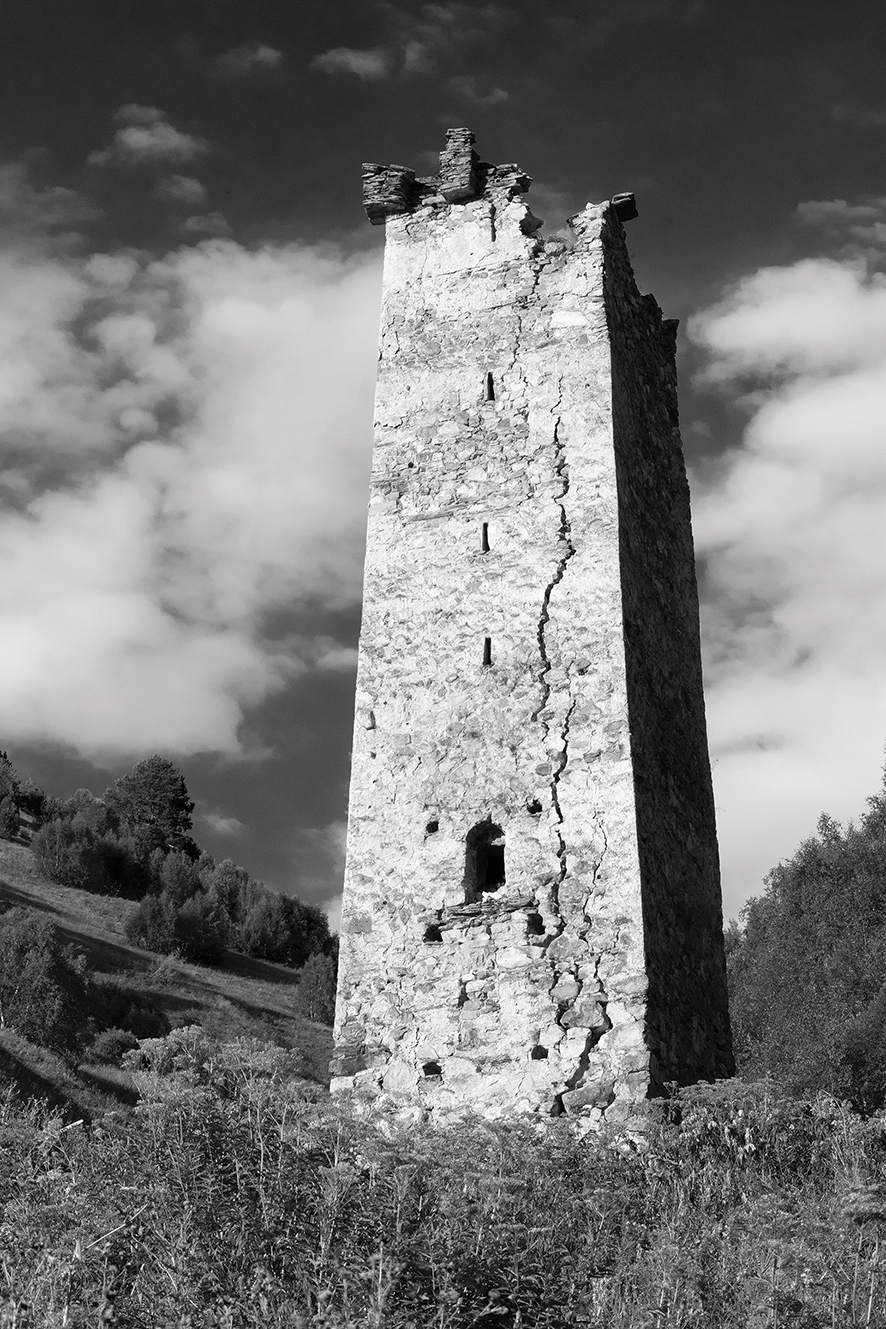
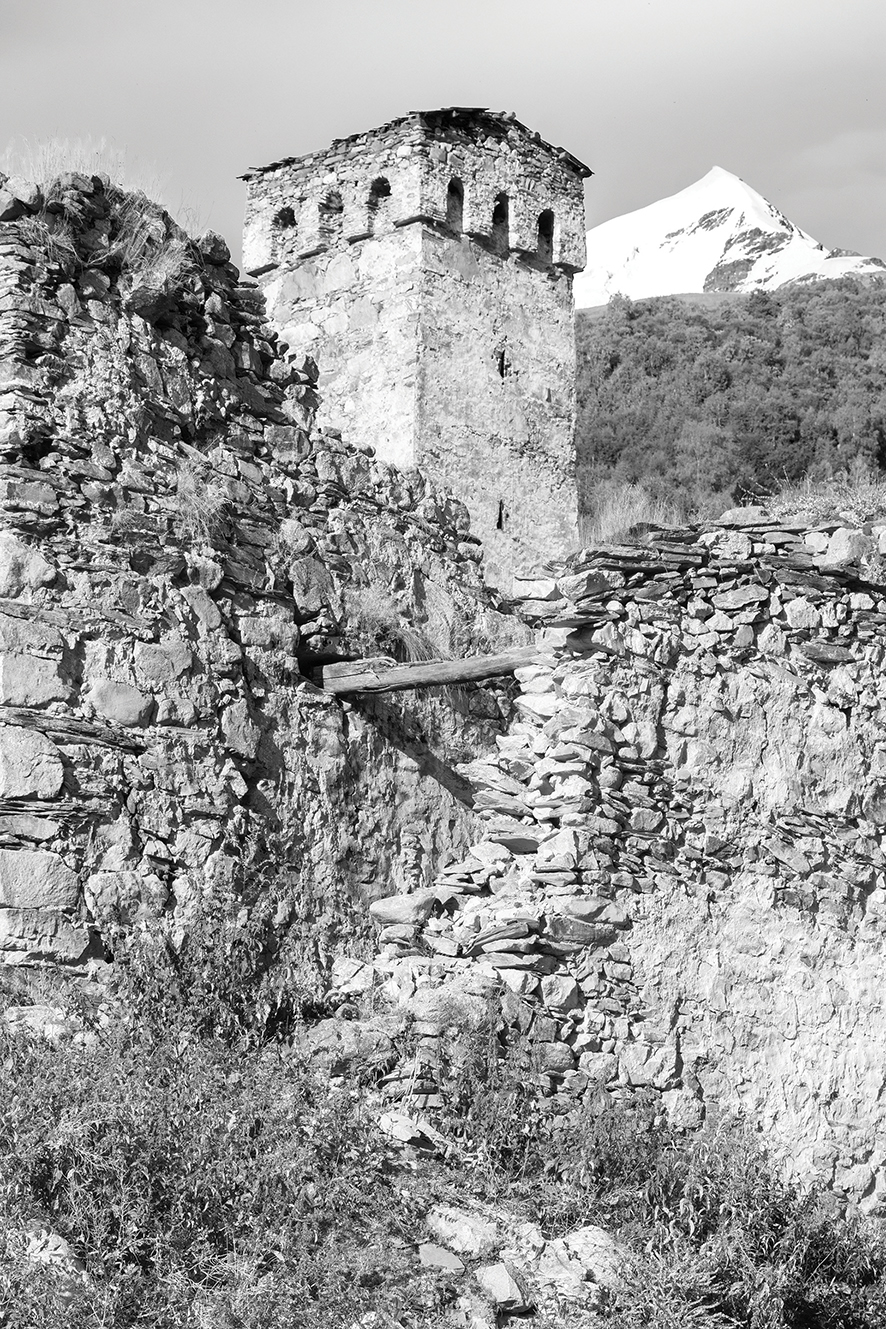
That was not to be: I had to walk the whole 9 km of gravel road, with not one car appearing in my direction at all, let alone stopping. I walked quickly to get there as soon as possible, doing the distance in two hours with my light day pack. Finally, just as Adishi emerged, so did a Mercedes city car, useless to me by then. At least I was there, feeling a bit of pain at the tops of my legs from the stiff pace, but there I was. I joined a few members of my next day’s trekking group for a quick look around the village before sunset.
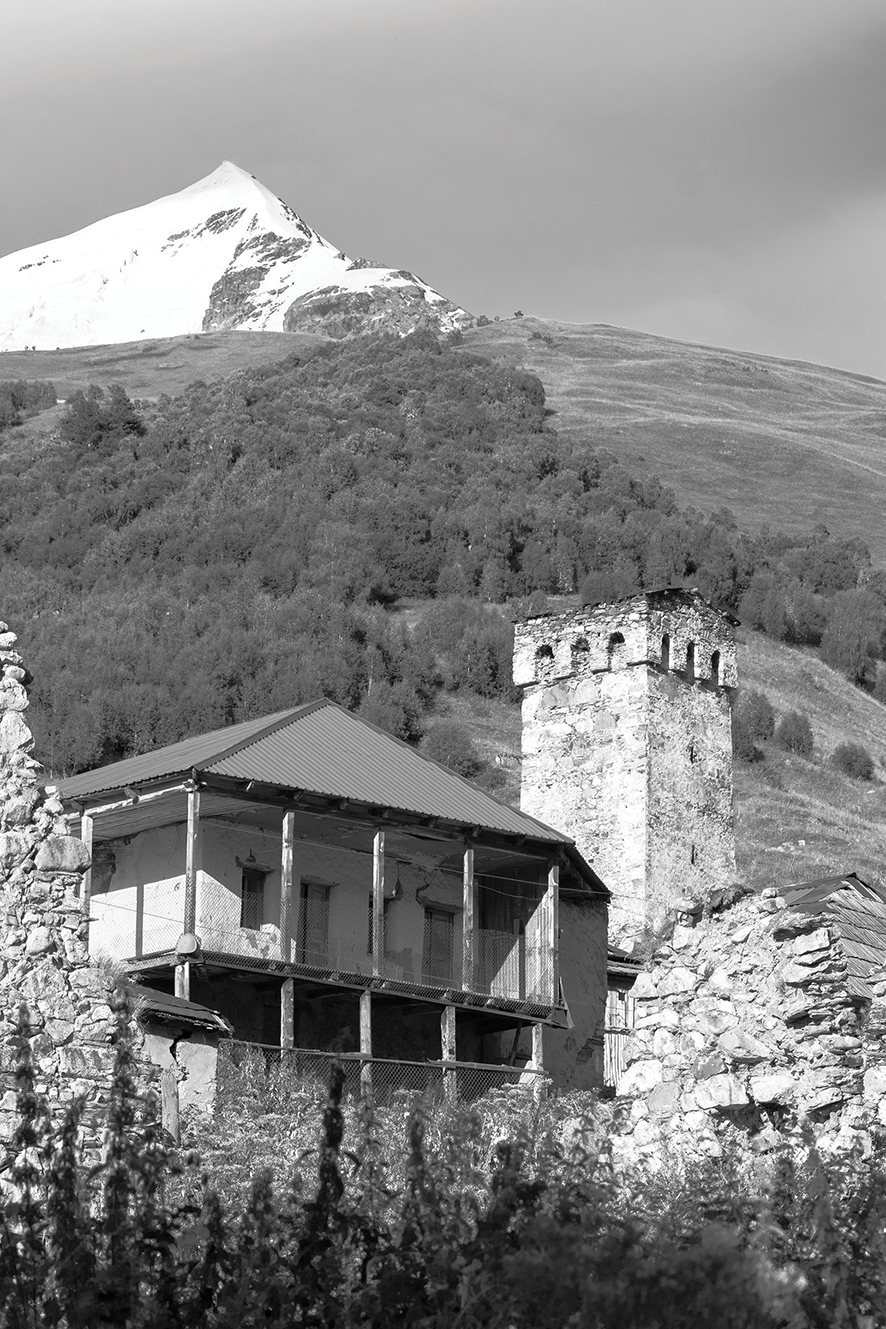
Read Part 2.
Blog by Tony Hanmer
Tony Hanmer has lived in Georgia since 1999, in Svaneti since 2007, and been a weekly writer and photographer for GT since early 2011. He runs the “Svaneti Renaissance” Facebook group, now with over 2000 members, at www.facebook.com/groups/SvanetiRenaissance/
He and his wife also run their own guest house in Etseri: www.facebook.com/hanmer.house.svaneti

